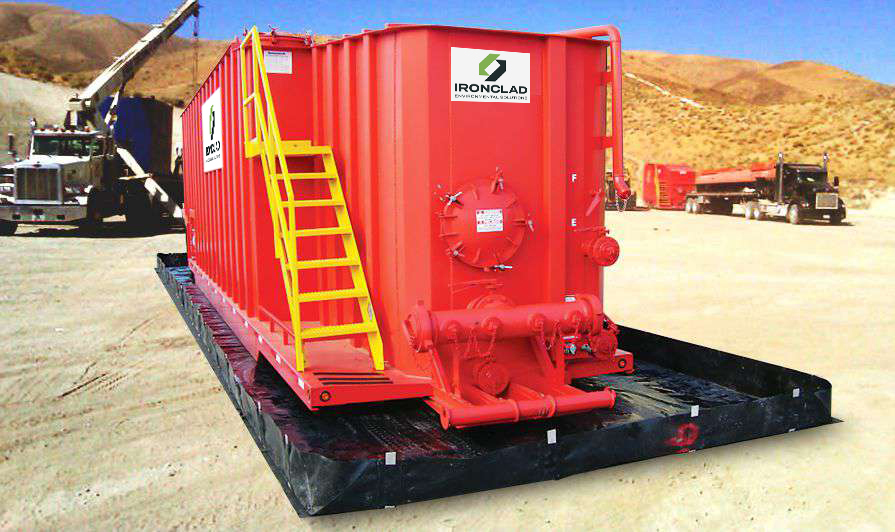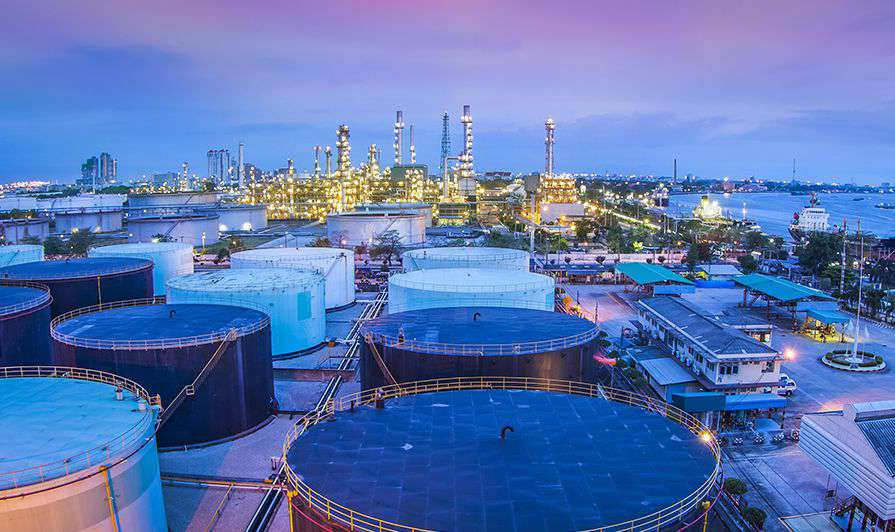Important Spill Prevention And Containment Steps Your Business Cannot Ignore
Based on past events, it has become clear that inland spills are costly and damaging to the environment.
The Keystone Pipeline oil spill in South Dakota in November 2017 resulted in a leak of about 210,000 gallons of oil. Incidents like this can and should be prevented, and prevention can be only done with adequate preparedness.
In this article, we examine spills and spill containment, the agencies and regulations involved in preventing spills, and important tips to prevent spills.
What are spills?
Spills can be a result of a failure in containment procedures and can involve both hazardous and non-hazardous liquids.
Spills can also be classified as simple and complex. A simple spill is usually small and presents a minimal hazard, and is generally easier to absorb and contain. However, a complex spill may contain hazardous chemicals, can impact public health and safety, and is capable of spreading. It may also be toxic or reactive, and difficult to clean up.
What is spill containment?
Spill containment is the process by which spills of oils, sewage, chemicals, or even non-hazardous materials are contained in a tank or barrier or in drainage. When spills are not contained, they can be absorbed by the ground which may result in damage to life, property, or cause harm to the environment – such as affecting wildlife, groundwater, bodies of water, etc.
Rules and agencies governing spill containment
The scope of the United States Environmental Protection Agency (EPA) covers the protection of human health and the environment. This extends to spill containment too. The EPA has put in place two key rules to combat spill containment.
The Spill Prevention, Control and Countermeasure (SPCC) rule is to help prevent oil spills into navigable waters and shorelines. This rule not only helps in ensuring that facilities are doing what they can to prevent oil spills, but also ensures that an SPCC Plan is in place. This plan should describe various specifications such as oil handling operations, best practices for spill prevention, discharge or drainage controls, and the resources at the facility used to prevent oil spills.
The Facility Response Plan (FRP) rule requires certain facilities to put in place a response mechanism if spills happen. This plan must identify an individual who has full authority to implement removal actions and facilitate immediate communication with the corresponding authority members and responders. It also must ensure that there will be enough resources for removal should a worst-case discharge (WCD) happen, along with describing training, testing, drills and response actions of the people at the facility to ensure proper practices and safety.\

The Occupational Safety and Health Administration (OSHA) operates under the United States Department of Labor and helps assure safe and healthy working conditions by setting and enforcing standards. Various OSHA compliance guidelines exist pertaining to spill containment of hazardous materials.
This covers the use of absorbents, agents that solidify liquid spills, suppress vapor generation, and other containment tools.OSHA recommends putting in place a site-specific safety and health program which should cover at least the following:
- Site evaluation and control
- Information and training programs
- An organizational work plan
- Personal protective equipment programs
- Monitoring
- Decontamination procedures
- Emergency response programs
- Medical surveillance programs
Six important steps to help prevent spills
As mentioned earlier, spills could involve oil, chemicals, wastewater, or various other industrial liquids and effluents. Here, we explore some of the key tips that will help you prevent spills and contain spills effectively.
- Store chemicals properly
-
-
- Hazardous chemicals should be stored in covered areas and should not be permitted to mix with water or other liquids. If such an event occurs, the volume and spread of the spill may increase. When stored in shelves, chemical containers must be effectively fastened within a safe working load, and supported with raised edges that prevent these containers from slipping off the surface. Preventing overcrowding as well as storing at or below eye level are other effective measures to be followed.
-
- Use accurate labels
-
-
- Hazardous materials at the workplace should be labeled clearly and accurately, with words such as flammable, corrosive, explosive, flammable, oil, combustible, etc. Each of these should have adequate containment procedures.
-
- Use spill containment tools
-
-
- Spill kits which contain materials that can easily absorb chemicals are an effective containment measure. Pallets and bunds can also help contain spills. Spill containment berms are an effective and timely secondary containment tool when you need containment in response to emergencies.
-

-
-
- Berms can come handy in oil storage facilities, electric utility sector, and other industrial facilities where hazardous chemicals and liquids are used. Spill containment berms are lightweight and flexible, easily transported, and often come with a puncture-resistant ground cover. There are various specialized providers of secondary containment that you can partner with to acquire berms.
-

- Inspect regularly
-
-
- Inspection at regular intervals by your own business or through specialized third parties will help preempt and prevent leaks at work sites. Carrying out regular safety audits is another important practice.
-
- Ensure safe transportation
-
-
- During the transportation of hazardous chemicals on site, follow safety measures that include using carts of suitable weight, handling movement with a drum cart and cylinder hand carts that are strapped.
-
- Provide effective worker training
-
-
- Your crew should be well-trained to handle spills. This should cover the type of Personal Protective Equipment (PPE) to wear, storage applications, hazardous material handling, and clean-up procedures. Regular drills should be used to support and enhance their training.
-
Handling spills through effective containment requires thorough planning as well as putting in place adequate safety (preventive measures) and emergency handling procedures (response mechanisms). This will ensure the safety of your workers, the site and the environment. It will also help you remain compliant with guidelines and avoid hefty fines from the EPA or OSHA. Above all, it is a part of being socially responsible.
If you need assistance with choosing containment measures for successful spill prevention, our team of specialists can help you right from product selection to project site installation. Contact Ironclad Environmental Solutions and talk to experts with decades of expertise in tanks and containment solutions that serve various industries.